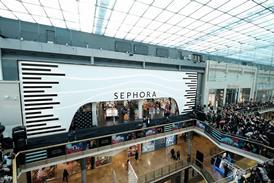Online will drive in-store productivity at fashion and discount retailers

Fashion and discount retailers are “destined to become more profitable” thanks to the boom in online shopping, according to a new report.
Already have an account? Sign in here


















